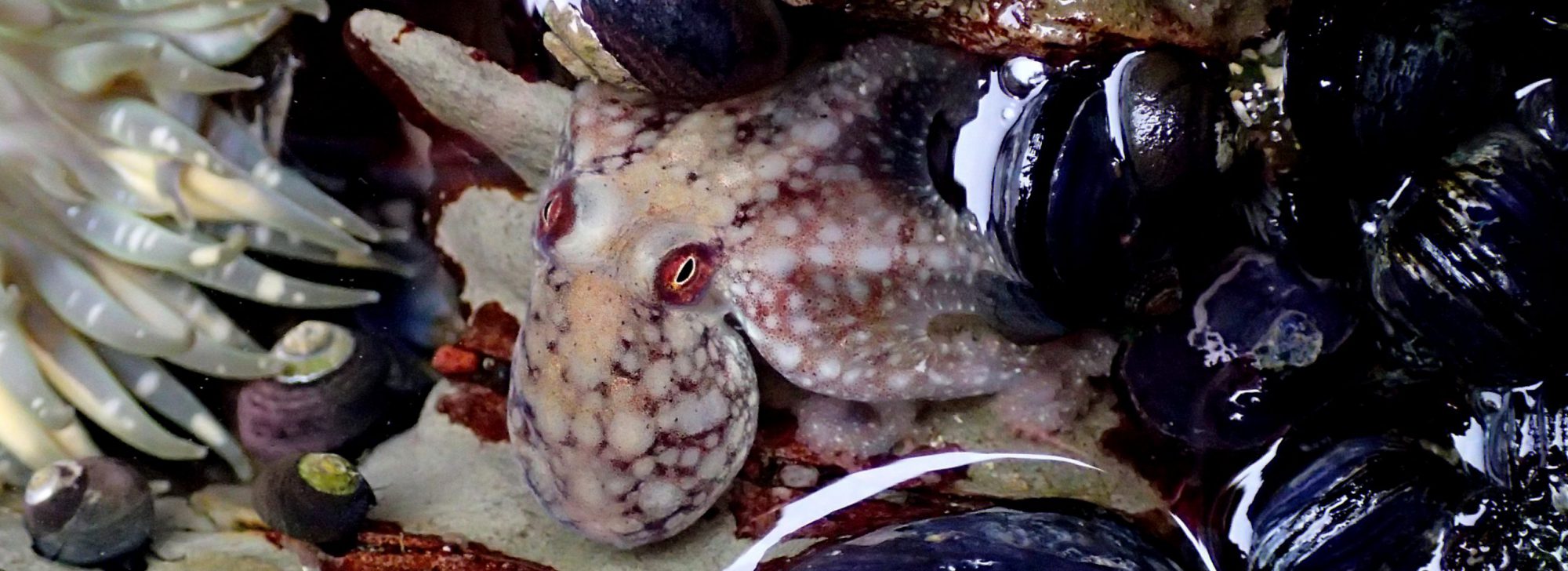Yesterday, 12 October 2024, was October Big Day, an annual community science event hosted by Cornell Lab of Ornithology and their eBird app. Each Big Day is a snapshot of bird diversity, and the October date is timed to catch migratory birds. The goal is to record how many of each species you observe, either by sight or hearing, at some location for some period of time. Due to circumstances beyond my control I was constrained near home, but I managed to get three sets of observations in.
Back deck at home 15:30-16:00
| SPECIES | NUMBER |
| Anna’s hummingbird | 15-20 |
| Lesser goldfinch | 4 |
| Chestnut-backed chickadee | 2 |
| House finch | 2 |
| Northern mockingbird | 1 |
| Spotted towhee | 1 |
| Scrub jay | 2 |
| California quail | 1 |
| California thrasher | 1 |
| Bewick’s wren | 1 |
| Song sparrow | 2 |
| Golden-crowned sparrow | 2 |
| Red-tailed hawk | 1 |
| California towhee | 1 |
| Wrentit | 1 |
| Bushtit | 1 (really? only the 1?) |
| Hermit thrush | 1 |
TOTAL: 17 species
Long Marine Lab 16:43-17:30
Distance traveled: 0.61 miles

| SPECIES | NUMBER |
| Mallard | 2 |
| Rock dove (i.e., pigeon) | 14 |
| Western gull | 2 for sure, plus probably many others |
| Brandt’s cormorant | 33 |
| Brown pelican | 80-ish |
| Black phoebe | 5 |
| American crow | 3 |
| Bewick’s wren | 1 |
| House finch | 2 |
| Golden-crowned sparrow | 1 |
| California towhee | 1 |
TOTAL: 11 species
Natural Bridges State Park 17:30-18:20
Distance traveled: 1 mile
| SPECIES | NUMBER |
| Anna’s hummingbird | 4 |
| Red-shouldered hawk | 1 |
| Northern flicker | 1 |
| Black phoebe | 1 |
| American crow | 3 |
| Chestnut-backed chickadee | 4 |
| Oak titmouse | 1 |
| Pygmy nuthatch | 1 |
| Bewick’s wren | 1 |
| Golden-crowned sparrow | 2 |
| California towhee | 2 |
| Song sparrow | 3 |
| Spotted towhee | 2 |
| Townsend’s warbler | 1 |
TOTAL: 14 species
If I counted correctly and didn’t double-count anybody, that makes for 30 species observed in about 3 hours. I’m not really surprised that I saw the most diversity at home, compared to the marine lab and Natural Bridges. Our back “yard” is literally a canyon with lots of habitat diversity, although not as much native vegetation as I would like. It’s a bit of mostly-wild nature in the city. We also know that we have larger wildlife—deer, foxes, skunks, raccoons, and the occasional mountain lion—prowling around down there. I’m very lucky to live here.
The most interesting thing to come out of these observations is the question “Was there really only one bushtit?” Because you always see them in a group of 12-30, forming a twittering mass of tiny objects flitting around in the bushes. But I kept looking, and saw only the one.
People who consider themselves good birders would scoff at numbers like mine, and some would wonder why I would even bother counting birds I see at home. But I’m not a birder. I am a birdwatcher, and there can be a big difference between the two. I literally just watch birds. I can do so for a long time, observing the same species (maybe even the same individuals) over and over again. Sometimes I count them, sometimes I draw them, and sometimes I just watch them. And it’s a delightful hobby! I don’t keep a life list, except for when I remember to enter observations into eBird, which doesn’t always happen. I don’t travel to see a rare bird that got a little lost, like that poor snowy owl that ended up in Southern California and attracted the attention of hundreds (thousands?) of birders and photographers. For the most part I’m perfectly happy spending time with “my” usual friends, watching the hummingbirds fight-fight-fight and taming a chickadee to take peanuts from my hand. We put out a couple of bird houses and keep hoping that somebody moves in to raise a family, but so far that hasn’t happened yet.
Maybe next year!

Thanks for taking the time to do this!
Allison, thank you for this awesome post! I am in the same boat. Since relocating out of the urban jungle, Smokin’Hubster and I learn at the same time as we bird watch. Since he isn’t working, he really gets to know the birds. Those black-capped chickadees really love him!
Here’s my version of your statement: “Our back “yard” is literally a BASIN with lots of habitat diversity, WITH much native vegetation. It’s a bit of mostly-wild nature in the WOODS. We also know that we have larger wildlife—deer, foxes, skunks, raccoons, and the occasional COYOTE and WOLF —prowling around down there (along with TURKEYS). I’m very lucky to live here.”
Migration patterns have been interesting to notice as well. How much is our learning v. how much is different with the climate effects is impossible for us to know, but I suspect we’ll build good theories going forward.